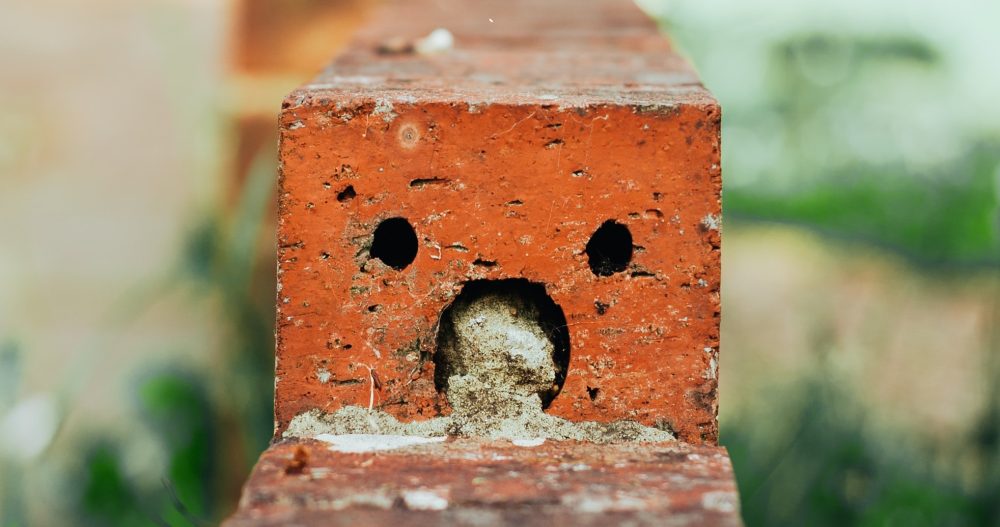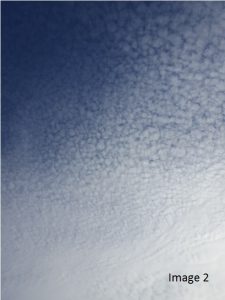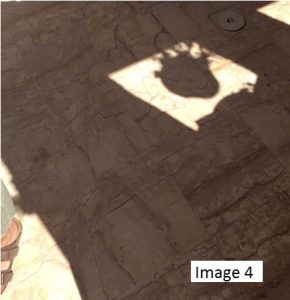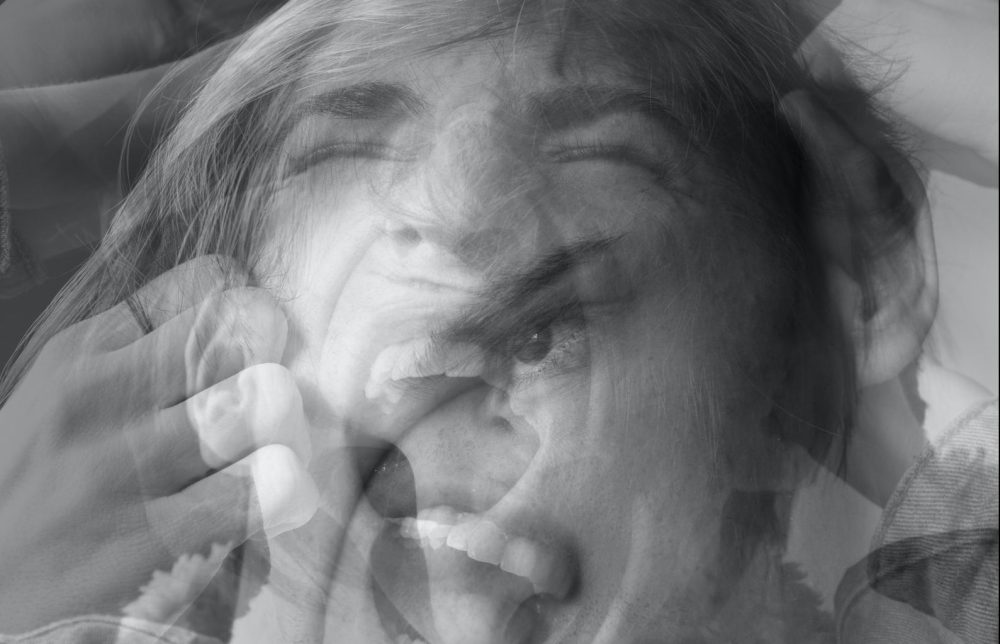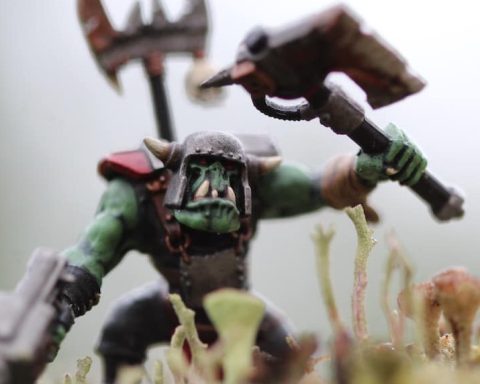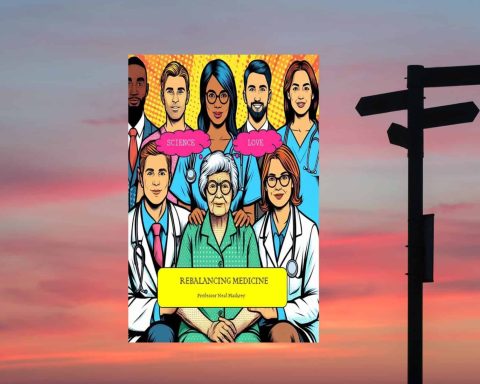
Camille Gajria (right) is a GP and one of her tutors on the placement. She is on Twitter: @returnofcam
Have you ever looked at a cloud and seen the likeness of a cartoon character? This phenomenon is known as pareidolia. The term comes from the Greek words ‘para’ meaning ‘beside’ and ‘eídōlon’ meaning ‘image’. Common examples include the shape of an animal in a puddle or a face within the moon. We subconsciously perceive a meaning, shape, or pattern where they do not exist. It was once considered a symptom of psychosis and dementia but is now recognised as normal human tendency and there is suggestion that it develops in the first year of life.1

Beyond entertainment, is there any application of pareidolia in medicine?
Pareidolia has been intentionally used in radiology and pathology education. Educators take advantage of people’s tendency to pareidolia to train students in detecting signal in noise, and pattern recognition. For example, identifying a baby Yoda3 on a sacral CT scan helps memorise normal anatomy and distortion of the image signals various key pathology.
We suspect that images that do not support pathology identification can still be helpful, in providing some humour and contributing to clinician wellbeing. An example is the Darth Vader sign4 which holds no clinical significance by either its presence or absence.
After a day indoors studying or practicing medicine, both of us have experienced an inverse form of pareidolia where the illusions are medical images. For example, image 1 shows a cloud formation reminiscent of candida albicans, image 2 has a morbilliform appearance, and image 3 suggests livedo reticularis. As far as we are aware, this has not previously been described in medical literature.
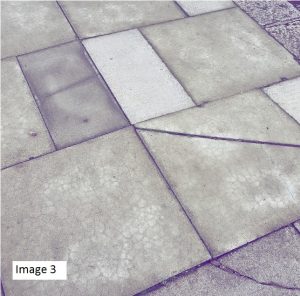
So we suggest that if you are experiencing medical pareidolia, it could reflect your creative ability to make connections between visual stimuli and medicine. Conversely, it may suggest that you are thinking about medicine too much and need a break.
Images 1-3 by CG Image 4 by LA
References
- Kato M, Mugitani R. Pareidolia in Infants. PLoS One 2015;10:e0118539.
- Kaufmann C, Agalawatta N, Outhred T, et al. Phenomenal insight: Pareidolia–I see? Aust New Zeal J Psychiatry 2019;53:89–90.
- Foye PM, Koger TJ, Massey HR. Baby Yoda: Pareidolia and Patternicity in Sacral MRI and CT Scans. PM&R 2021;13:217–8.
- Baylis J, Ting DK. Pareidolia and clinical reasoning: the pattern awakens. C Can Med Assoc J 2015;187:1364.
- Cooper B. The Secret to Creativity, Intelligence, and Scientific Thinking: Being Able to Make Connections. Buffer blog. 2014.
Featured image by Harry Grout at Unsplash

